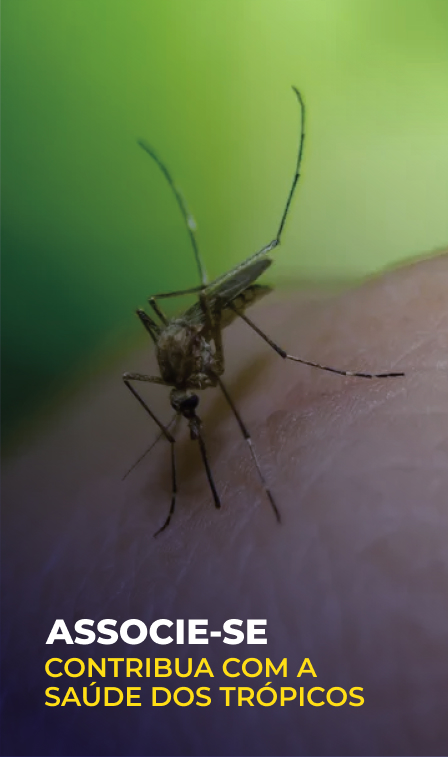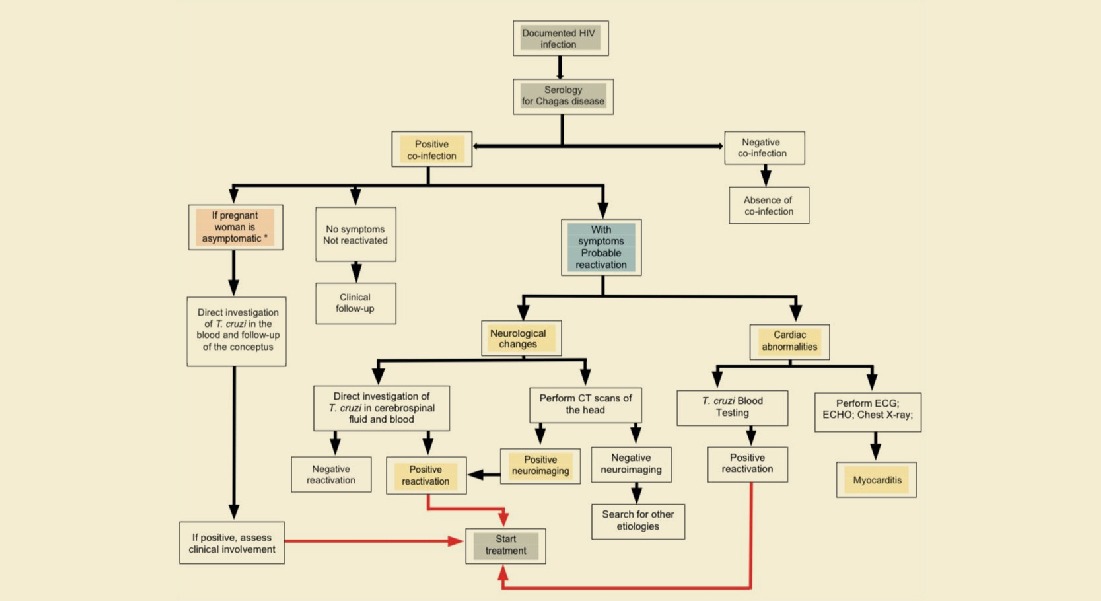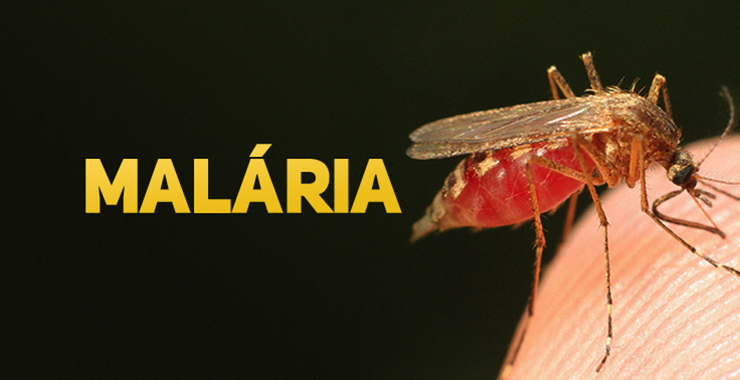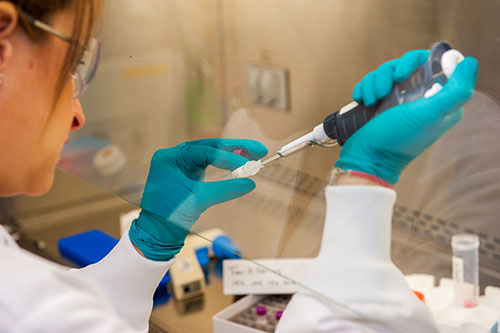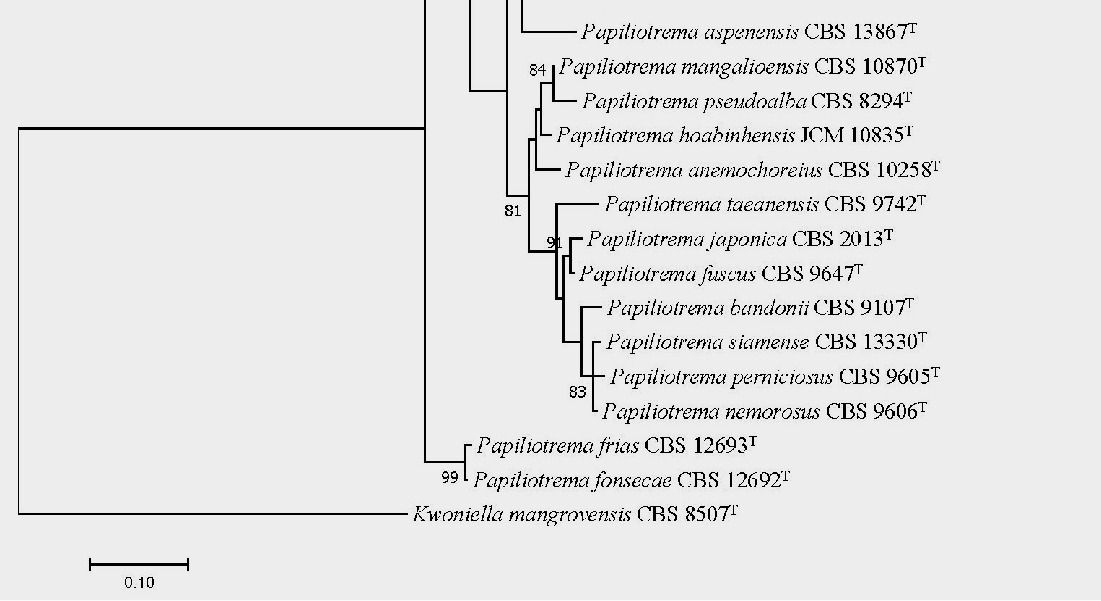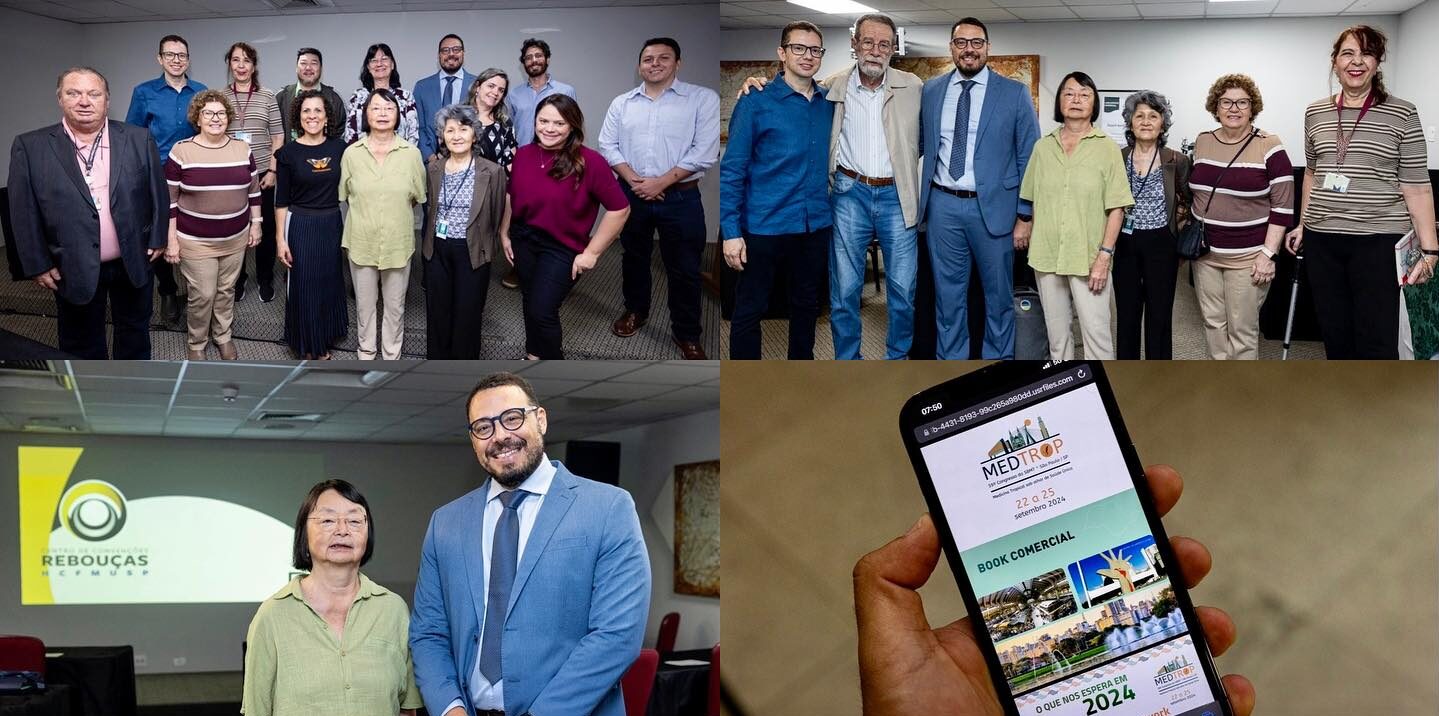
Maybe this is the right time to take a step forward and do something about leishmaniasis, says Dr. Ali Khamesipour from Tehran
Authorities should be alert, since refugees, especially those from endemic areas or who have recently travelled to these places should be carefully examined
09/11/2018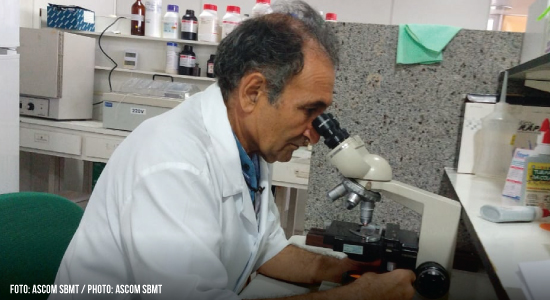
I haven’t seen any concerns by scientists about vaccines against leishmaniasis regarding the fact that millions of people around the world have been infected
According to Dr. Ali Khamesipour, the presence of leishmaniasis, even in low incidences, is a disaster for Europe. He is emphatic when saying there is a potential risk, not for all Europe, but for some parts of the continent. Still according to him, a spread of leishmaniasis among Middle-East immigrants who arrived in the new world in the past years as refugees is possible due to the tropical climate and more prevalent sand flies. The specialist also calls attention for the expansion of leishmaniasis to non-endemic areas due to climate change, that can make some regions prone to Phlebotomus development, what would allow a migration of the disease to these places.
To know more about this subject, find the full interview with Dr. Ali Khamesipour.
BSTM: What is the situation of Middle East refugees in Germany in relation to leishmaniasis?
Dr. Ali Khamesipour: It is reported by the United Nations High Commissioner for Refugees (UNHCR) that globally about 65.3 million people have been displaced by the end of 2015, 40.8 million were internally displaced, about 21.3 million of them were refugees, 3.2 million were asylum seekers. The number of Syrians refugees due to the war is about 5 million only in neighboring countries. More than 1 million migrants and asylum seekers arrived in Germany in 2015.
BSTM: Is there a potential risk of an outbreak of leishmaniasis in Europe by virtue of these refugees?
Dr. Ali Khamesipour: It is too pessimistic to predict an outbreak of leishmaniasis in Europe but the presence of leishmaniasis even with low incidence would be a disaster for Europe, and all it can be said is that there is a potential risk not for all parts of Europe but for some parts for Europe for the following reasons:
- Leishmaniasis is currently endemic in some parts of Europe and in the past was reported from some other parts as well.
- Phlebotomus sand flies, which are the vector of leishmaniasis, exist in some parts of Europe.
- Although, each species of phlebotomine sand flies is a vector of a special type of Leishmania, some of the Phlebotomus species act as permissive vector and transmit more than one species of Leishmania.
BSTM: What can be done to prevent this from happening?
Dr. Ali Khamesipour: The authorities should be on alert. The refugees especially those who are originally from an endemic area or have been recently traveled or stayed in an endemic area should be carefully physically examined. The identification of the patients and management of the lesion are crucial. It should be considered that the incubation period is long usually up to 8 months but might be even longer.
BSTM: Is there a possibility of a proliferation of leishmaniasis among immigrants from the Middle East who have arrived in the New World in recent years as refugees?
Dr. Ali Khamesipour: Yes, there is more possibility due to tropical climate and more prevalent sand flies.
BSTM: Can we say that the disease has become a side effect of the refugee crisis? In Syria, for example, the disease has been endemic since ancient time – the first case was diagnosed in 1745 – but before the war the disease was restricted to two areas around Aleppo and Damascus. In 2016, according to an article published in the scientific journal PLoS Neglected Tropical Diseases, the number of cases exceeded 100,000 per year. The authors attributed this increase to the mass displacement of the population within the country and changes in the habitat of sand flies. What do you think has changed since then?
Dr. Ali Khamesipour: Definitely true, the annual incidence of cutaneous leishmaniasis in whole Syria was less than 30,000 for last two decades before the war, but the incidence rate of 100,000 which is mentioned in the paper is only for the regions that were under Syrian government control so the incidence for the whole country definitely is higher.
BSTM: Cases of leishmaniasis have been reported on all continents except Australia and Antarctica. Do you believe that climate change can lead to disease in those places as well?
Dr. Ali Khamesipour: Leishmaniasis expanding to non-endemic areas and with climate changes which is happening, some regions might be suitable for Phlebotomus growth and the disease might migrate to those places.
BSTM: Development of vaccines for human leishmaniasis, what are the prospects?
Dr. Ali Khamesipour: Theoretically, development of vaccine against leishmaniasis is not difficult. The residents of cutaneous leishmaniasis (CL) endemic areas that develop cutaneous leishmaniasis lesion once, upon healing are protected for rest of their life, and using leishmanization, which is an inoculation of a virulent Leishmania major into a the covered skin of a person to induce artificial CL lesion, upon healing the person is protected against natural infection. Moreover, the cure of CL lesion accompanies with development of strong immune response against Leishmania antigens which is possible to show by in vivo and in vitro tests. Practically no vaccine is available against any form of leishmaniasis. I personally think that lack of real collaboration between the high-tech laboratories which are well equipped and have enough funds and the endemic areas which usually lack infrastructure would be critical. If collaboration between the two, developed and developing World, occurs then development of a human protective vaccine is possible.
BSTM: Could you talk about the precautions to be taken regarding vaccine safety?
Dr. Ali Khamesipour: I have not seen any concern in regard of Leishmania vaccines among the scientists due to the fact that millions of people have been infected in different parts of the world and the disease did not introduce any problem except the leishmaniasis disease itself. Millions of people have been leishmanized, and the only problem was cutaneous leishmaniasis lesion development. Thousands of people in New world and Old world have been vaccinated using first generation vaccine or injected with leishmanin (Montenegro) antigen and no side effect was reported except what was predicted like local reaction.
BSTM: Would you like to add something?
Dr. Ali Khamesipour: I would like to add that the most practical tool to control the disease is development of a vaccine, but frankly the efforts toward development of a vaccine so far was far less than enough to someone can imagine possibility of development of a vaccine against a parasitic disease. You might compare the budget allocated to this issue.
Leishmaniasis is a neglected disease and the available tools for diagnoses and treatment are primitive with little advancement regardless of advances in medical sciences. Maybe this is a right time to step forward and do something about leishmaniasis.…





